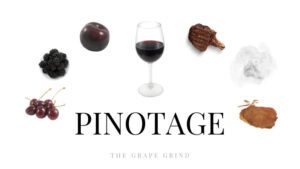
Pinotage
Make 2026 THE year.
Take 10% OFF your first 12 months of Tasting Group!
Code:
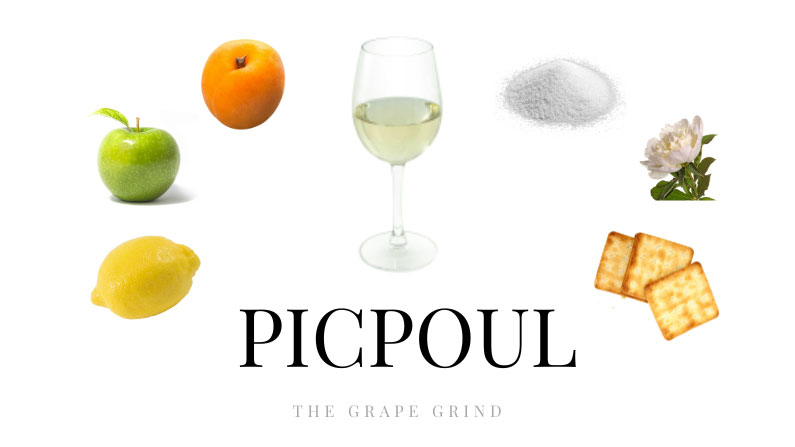
Picpoul, also known as Picquepol Blanc, is a thin-skinned white wine varietal found mainly in the Languedoc-Roussillon region of Southern France, where it’s name is used in the name of the region Picpoul de Pinet! Translated from “stings the lip,” Picpoul is prized for its crisp acidity and citrus aromas.
Picpoul was an underrated varietal until recently. In our hunt for more obscure grapes, it has become sought after for its food-friendliness and vibrant acidity. It makes a fantastic swap for refreshing whites like Pinot Gris or Sauvignon Blanc when you’re craving something a bit more unique but with similar qualities.
A few more notes on Picpoul:
The following guide will illustrate what Picpoul often tastes like (aroma, flavor, and structure). It will also tell you where it’s from, provide you with common food recommendations, similar varieties, and let you know why you should be drinking more of it!
Bone dry on the palate with a light body, sharp acidity, and subtle minerality. The word “refreshing” doesn’t quite do justice. It’s a perfect wine for pairing with delicate seafood dishes or simply sipping poolside!
When we say “clean,” what we mean is that the true expression of the grape is what stands out. Picpoul is rarely oaked, so what you taste is a pure, unadulterated flavor of the wine. Its aromas and flavors are simple, honest, and untouched by outside factors like oak, additives, or other grapes.
With (literal) lip-stinging acidity, this wine is highly desirable for pairing with acidic and or fatty dishes. If you’ve ever needed a wine to pair with fresh oysters and fried chicken, she’s your gal!
STANDARD TASTING NOTES: These are your benchmark exam-style tasting notes.
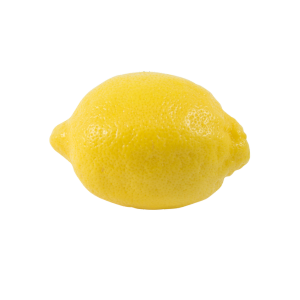
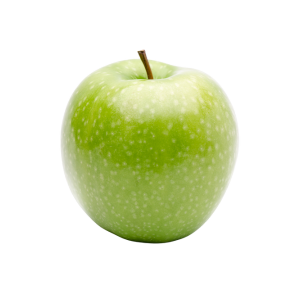
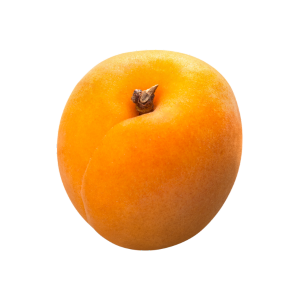
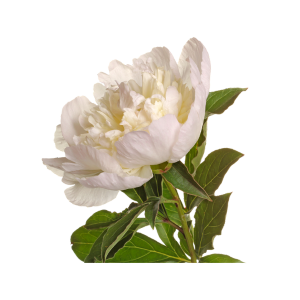
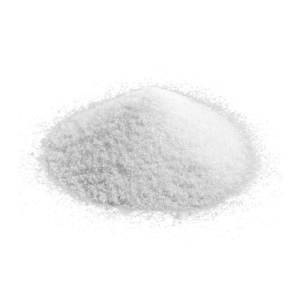

The flavor of Picpul can be considered consistent since it’s primarily grown in Southern France.
Keep in mind the flavor of wine will depend greatly on your palate, and not all wines may exhibit these aromas and flavors!
There is no “one size fits all” when it comes to structure for every grape, however, there IS a general range when it comes to body, acid, alcohol, and tannin for each. Below are general guidelines for classic representations. Growing conditions and winemaking techniques can impact each of the following.
Think of “body” in terms of liquid. Lighter-bodied wines sit on your palate like water, while full-bodied wines sit like whole milk. Picpoul is quite light in body and delicate on the palate.

A good rule of thumb for measuring acidity is to judge the amount of saliva that builds up after swallowing. Picpoul is quite high on the acid scale.

You can guess the alcohol content by how much it ‘burns’ after you sip. Picpoul is generally not very high in alcohol, around 11-13.5%.


Primarily in Southern France, specifically the Languedoc-Roussillon region
Picpoul originated in and is still widely grown in the Languedoc-Roussillon region of France. In fact, it is the only white grape in the region to be given its own Appellation d’Origine Contrôlée (AOC), which means the grapes are certified to heightened standards and quality. Its success is largely due to the region’s balance of hot summers, cool nights, and consistent ocean breeze from the Mediterranean Sea.
In addition to Languedoc, Picpoul is also found in smaller numbers in the Rhône Valley, where it’s one of the only six white grapes permitted to be used in the infamous Châteauneuf-du-Pape blends.
You can also find wonderful examples of Picpoul in Catalonia, Spain, California, Washington State, and Australia.
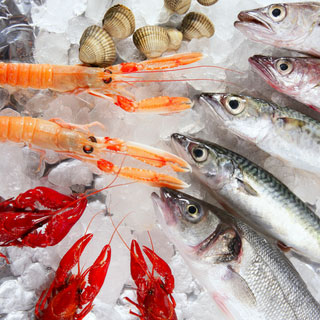
Vibrant acidity, delicate body, and subtle mineral notes make Picpoul the perfect wine for pairing with seafood. From salmon to oysters, shrimp, and tender white fish, it’ll complement each dish without overpowering or tasting dull in comparison.
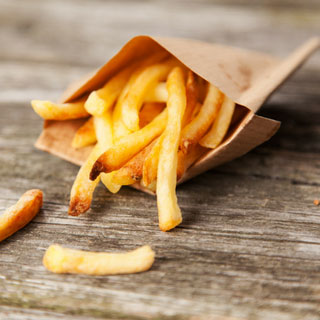
This is an example of using “opposites attract” to create a contrasting pairing. We’re battling the wine’s acidity and razor-sharp finish with oily, hearty, and salty flavors. The result is a wine that tastes sweeter and fruitier, and the food tastes more savory.
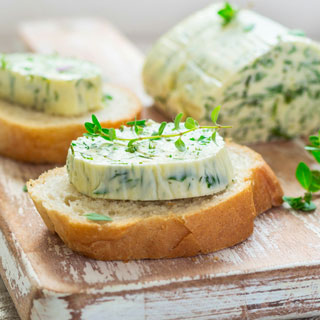
Similar to Sauvignon Blanc, Picpoul has sharp acidity and subtle green undertones, making it ideal for elevating and enriching the flavors of tangy cheeses—in this case, chèvre!
Other pairings: Feta cheese, Iberco, smoked oysters, anchovies, tapenade, sushi, ceviche, salad, and garlic chicken.
(common confusions)
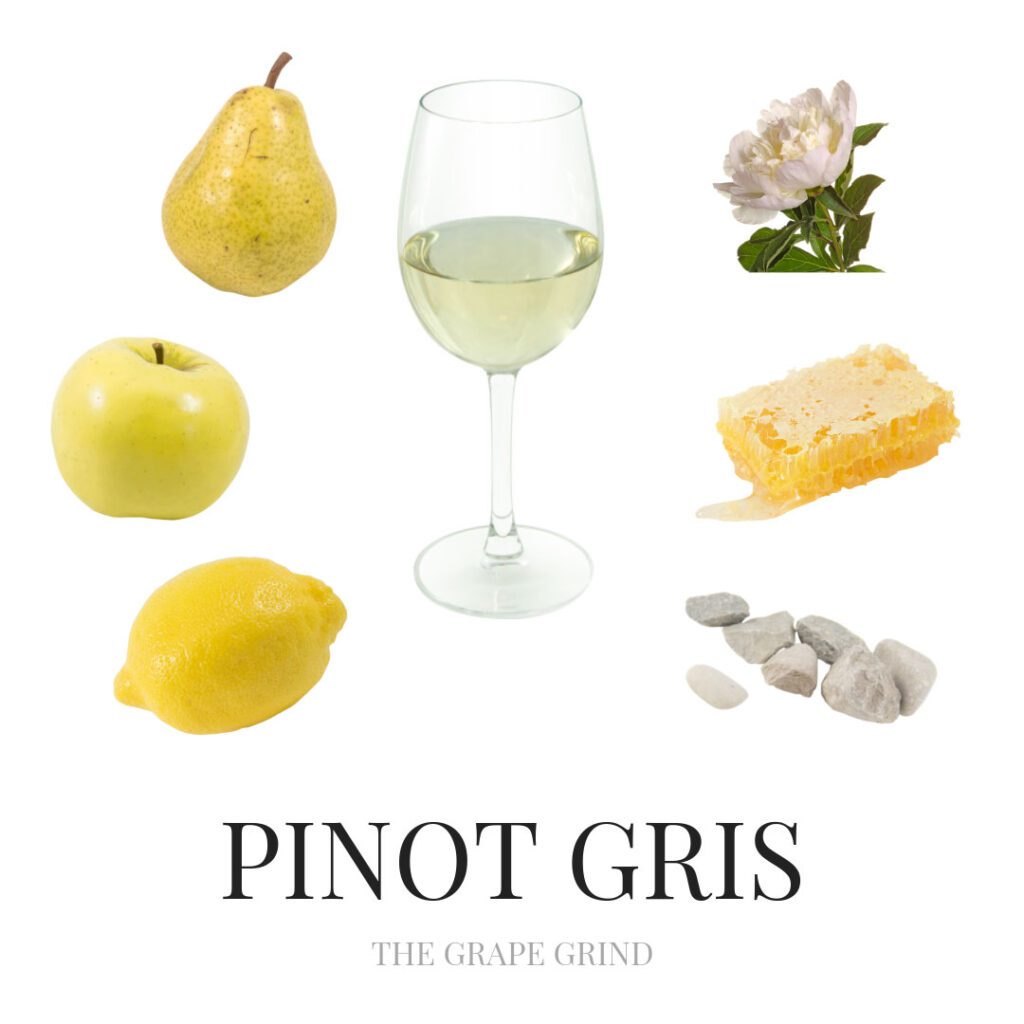
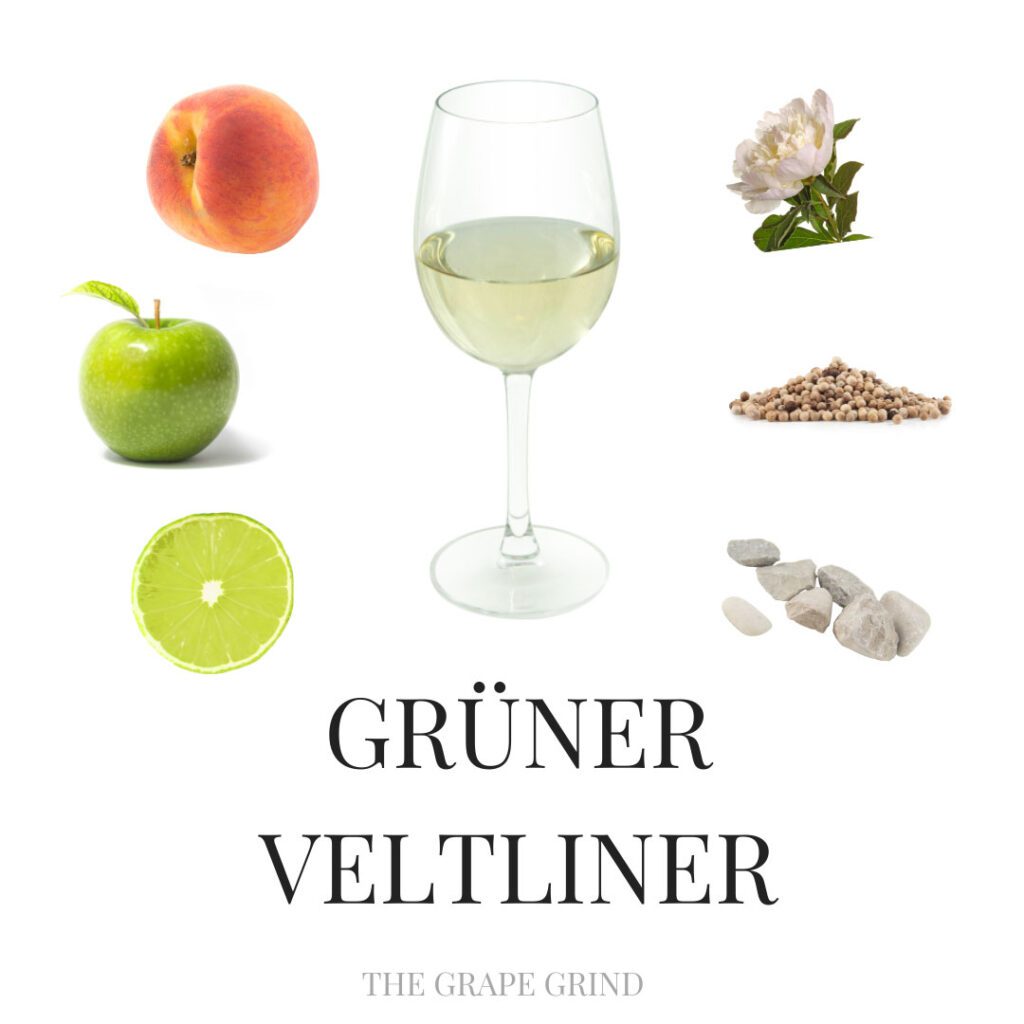
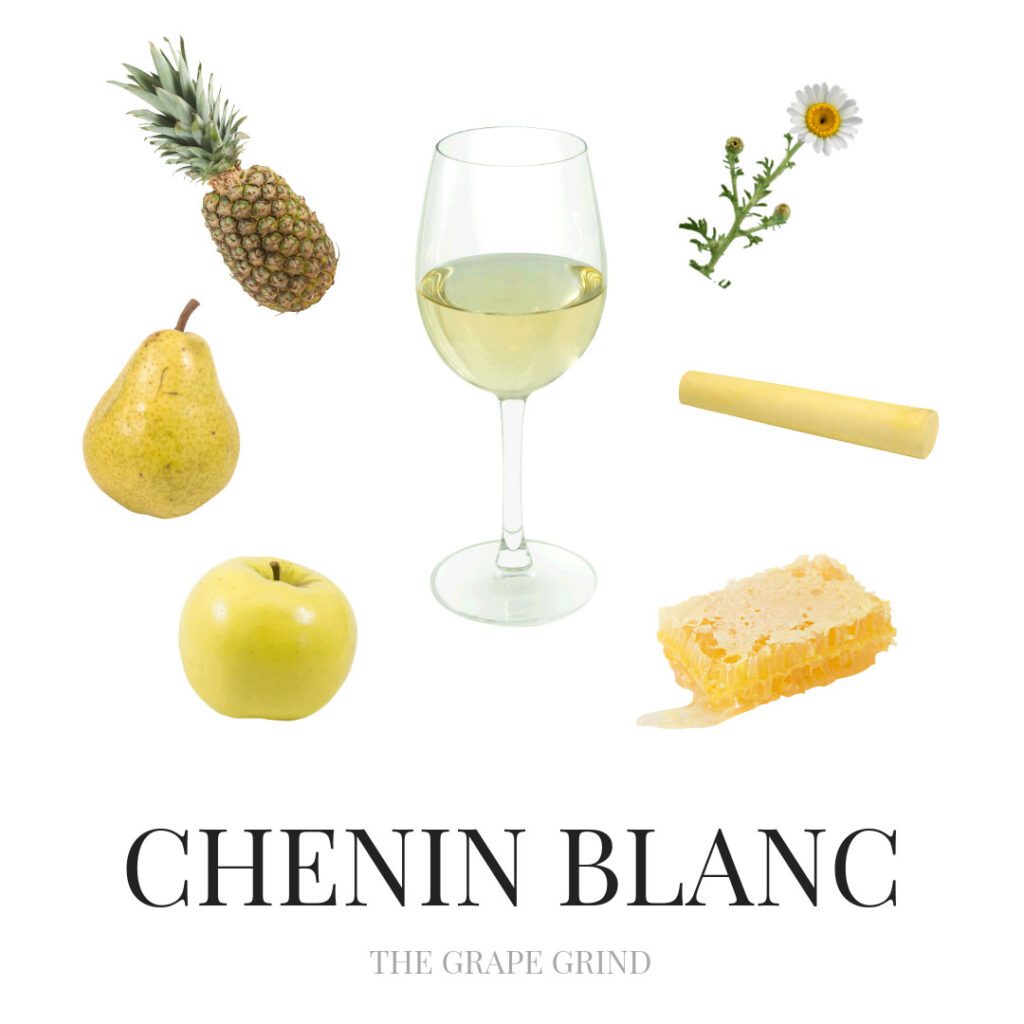
↑ Wine.com is an affiliate partner. We earn a small referral commission at no extra cost to you!. I will never recommend anything that isn’t valuable or useful in my wine study journey, or something I have no experience with. I hope these products/resources are equally helpful in your wine journey.
No matter your current skill level, we can help you improve – pass that exam, share your wine knowledge with others, guide your buyers, enhance your guests’ experience, and show up with confidence and credibility as a wine professional!
Feeling overwhelmed by everything there is to study in wine?
Struggling to stay consistent with tasting, or make it feel purposeful?
Craving connection with others who get what you’re working toward?
Let’s make studying wine less overwhelming, more consistent, and fully enjoyable!
Enter your email below to join our wine newsletter, where we share expert tips, study tools, tasting insights, and updates to support you on your wine journey!
By submitting, you are consenting to receive marketing emails from The Grape Grind. You can unsubscribe at any time.
Want to get better at tasting wine?